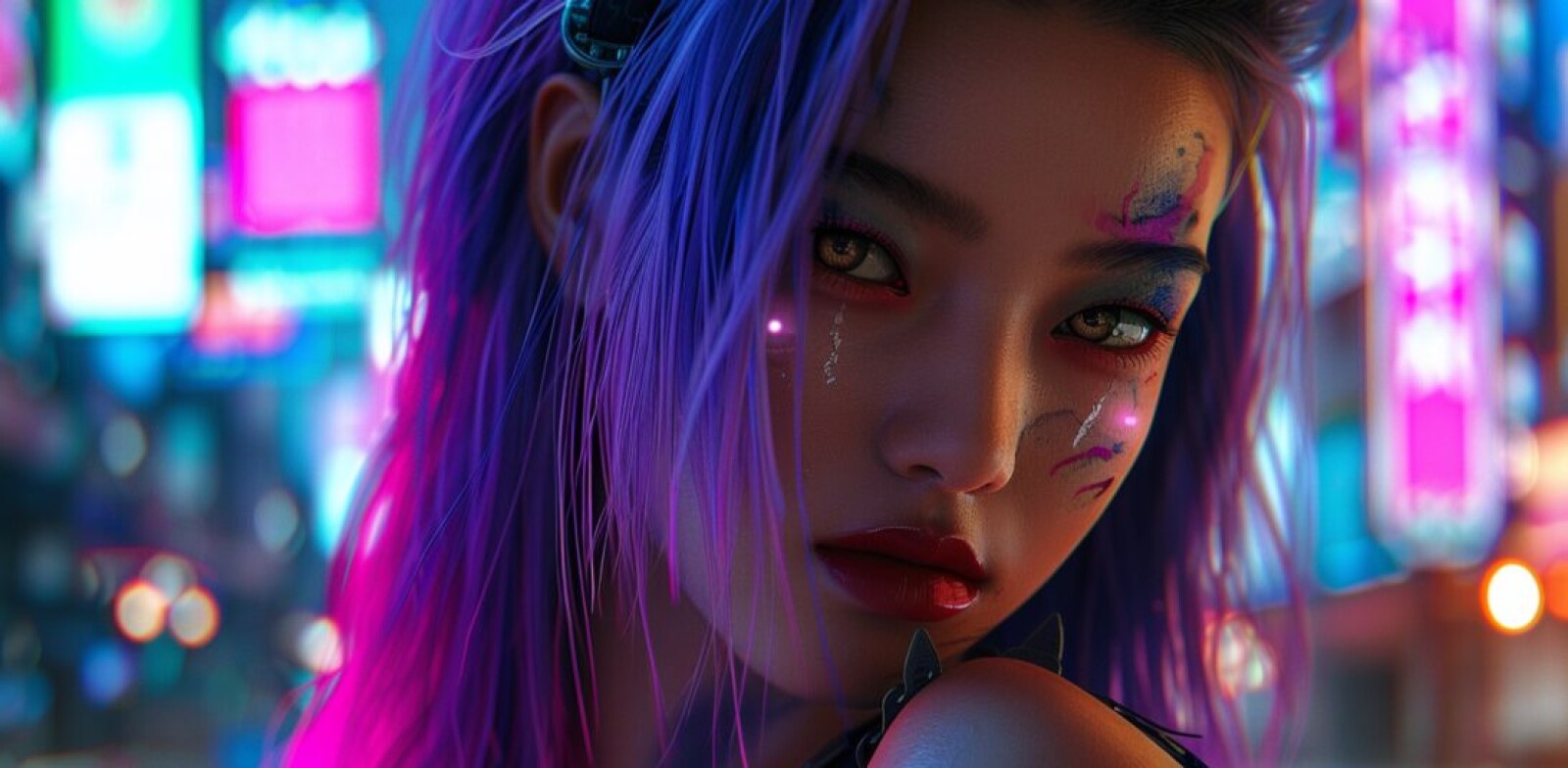
Alex Trustfield
Blockchain and NFTs in the Art Industry

The integration of blockchain technology and non-fungible tokens (NFTs) into the art industry is reshaping how art is created, bought, sold, and perceived. This technological advancement offers a myriad of benefits, including enhanced security, transparency, and democratization of the art market, while also presenting unique challenges.
Understanding NFTs and Blockchain
What are NFTs?
NFTs are unique digital assets verified using blockchain technology. Unlike cryptocurrencies such as Bitcoin, which are fungible and identical, NFTs are unique and cannot be exchanged on a one-to-one basis. Each NFT has a distinct digital signature that ensures its authenticity and ownership, making them ideal for representing digital art and other collectibles.
How Blockchain Supports NFTs
Blockchain serves as an immutable ledger that records all transactions involving NFTs. This technology ensures that the provenance and ownership of each NFT are transparent and tamper-proof, providing a reliable method for verifying the authenticity of digital artworks.
The Impact of NFTs on the Art Industry
Democratizing the Art World
NFTs are breaking down traditional barriers in the art market, allowing artists from diverse backgrounds to showcase and sell their work directly to a global audience. This democratization reduces the need for intermediaries like galleries and auction houses, enabling artists to retain more of their profits and engage directly with collectors.
Enhancing Ownership and Authenticity
One of the significant advantages of NFTs is their ability to redefine ownership and authenticity in the digital age. The blockchain ledger provides an unalterable record of ownership, making it easier to prove the provenance of digital artworks. This transparency helps combat fraud and ensures that artists receive rightful recognition and compensation for their work.
New Revenue Streams for Artists
NFTs introduce innovative ways for artists to monetize their creations. For instance, artists can earn royalties every time their NFT is resold, a feature not possible with traditional art sales. This continuous revenue stream incentivizes artists to produce more work and maintain a sustainable income.
Expanding Market Reach
The global nature of blockchain technology means that artists can reach a broader audience without geographical limitations. NFT marketplaces, such as OpenSea and Rarible, facilitate the buying and selling of digital art, allowing collectors from around the world to participate in the market.
Challenges and Considerations
Environmental Concerns
The process of minting NFTs can be energy-intensive, raising concerns about the environmental impact of blockchain technology. However, efforts are underway to develop more sustainable solutions, such as energy-efficient blockchains and carbon offset initiatives, to mitigate these effects.
Regulatory and Legal Issues
As the NFT market grows, it faces increased scrutiny from regulators concerned about issues like money laundering and intellectual property rights. Clear regulatory frameworks are needed to ensure the market’s integrity and protect both artists and collectors.
Market Volatility
The value of NFTs can be highly volatile, influenced by market trends and speculative trading. This volatility poses risks for both artists and investors, who may experience significant fluctuations in the value of their digital assets.
The Future of NFTs in the Art World
The potential of NFTs and blockchain technology in the art industry is vast. As technology evolves, we can expect to see more innovative applications, such as interactive and immersive digital artworks that offer unique experiences. Additionally, the integration of NFTs with other technologies like virtual reality (VR) and augmented reality (AR) could further transform how we create, experience, and interact with art.
In summary, the adoption of blockchain and NFTs in the art industry is creating a more inclusive, transparent, and dynamic market. While challenges remain, the benefits of these technologies offer exciting opportunities for artists and collectors alike. As the NFT ecosystem matures, it will undoubtedly continue to influence and reshape the art world in profound ways.














